When you are beginning to learn how to measure things, it is normal that you learn about units of capacity.
Learn everything you need to know about the milliliter.
Simply put, capacity is the amount of liquid or any other pourable substance that an object can hold when it is full. So, when you see a liquid being described in quarts or gallons such as milk or water, for example, you are looking at measures of capacity.
Why You Need To Know Units Of Capacity
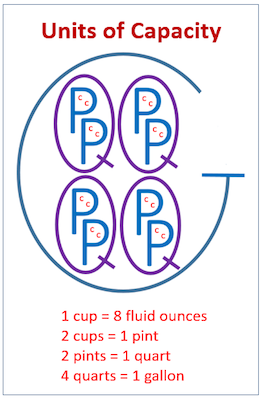
In case you are wondering why you need to learn and know units of capacity, the reason is pretty simple. After all, units of capacity allow you to solve many different problems. Here’s an example. Let’s say that Peter and Anne were hosting a potluck dinner. However, since they didn’t tell their guests what each one should bring, in the end, they discovered that 3 of their guests brought soup. Erin brought 1 quart, Richard brought 3 pints, and LeVar brought 9 cups. How many cups of soup did they have altogether?
Want to know how many ml in a pint?
The Different Units Of Capacity
As you can see in the previous example, we just mentioned three different units of capacity: quarts, pints, and cups. However, these are not the only ones. In fact, and in the United States Customary measurement system, there are 5 main units of capacity. The smallest unit of measurement is the fluid ounce.
Notice that the ounce is also used as a measure of weight. So, when you are referring to the units of capacity, it is very important that you don’t forget that the unit is the fluid ounce and not the ounce. Nevertheless, you may find some textbooks describing fluid ounce as an ounce or vice-versa. In these cases, you need to pay extra attention to figure out if they are talking about measures of weight (ounce) or measures of capacity (fluid ounces).
The other units of capacity in the United States Customary system besides the fluid ounce are the cup, the pint, the quart, and the gallon. So, let’s take a closer look at each one of them.
How many milliliters is a pint?
#1: The Fluid Ounce:
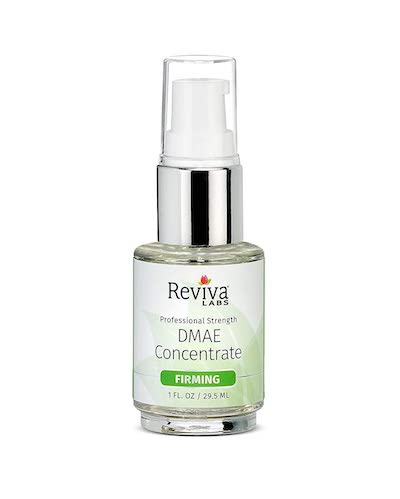
As we already mentioned above, the fluid ounce is the smallest unit of capacity and it is equal to 1/8 of a cup. One detail that you may find interesting is that one fluid ounce at 62ºF weighs around one ounce.
One liquid that is often measured in fluid ounces is liquid medicine.
#2: The Cup:
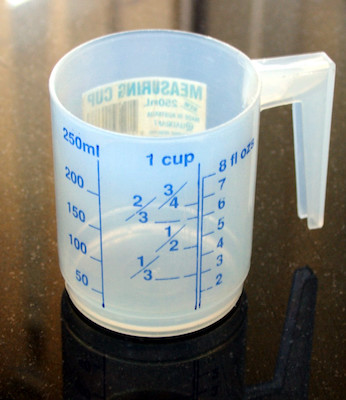
One cup is equal to 8 fluid ounces. Simply put, the cup is simply the capacity of a standard measuring cup.
#3: The Pint:

One pint is equal to 16 ounces or equal to 2 cups. Notice that the capacity of a carton of ice cream, for example, is usually measured in pints.
Discover how to convert ml to 1 pint.
#4: The Quart:
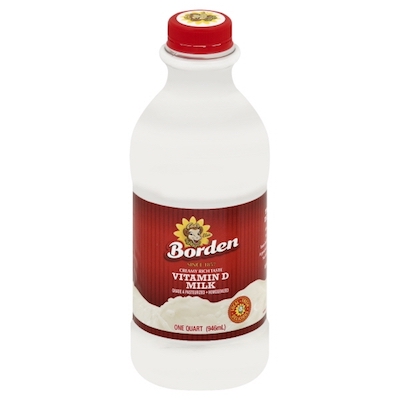
One quart is equal to 32 fluid ounces as well as is equal to 4 cups. You can see quarts very frequently in the supermarket when you need to buy milk, for example.
#5: The Gallon:
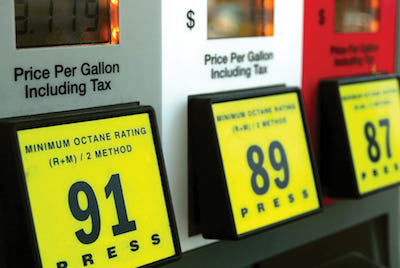
One gallon is equal to 4 quarts as well as one gallon is also equal to 128 fluid ounces. The most common liquid that you have that s measured in gallons is gas. So, whenever you need to fill up your car with gasoline, you will see the price of gas listed in dollars per gallon.
If you want to know how many grams are in an ounce click here